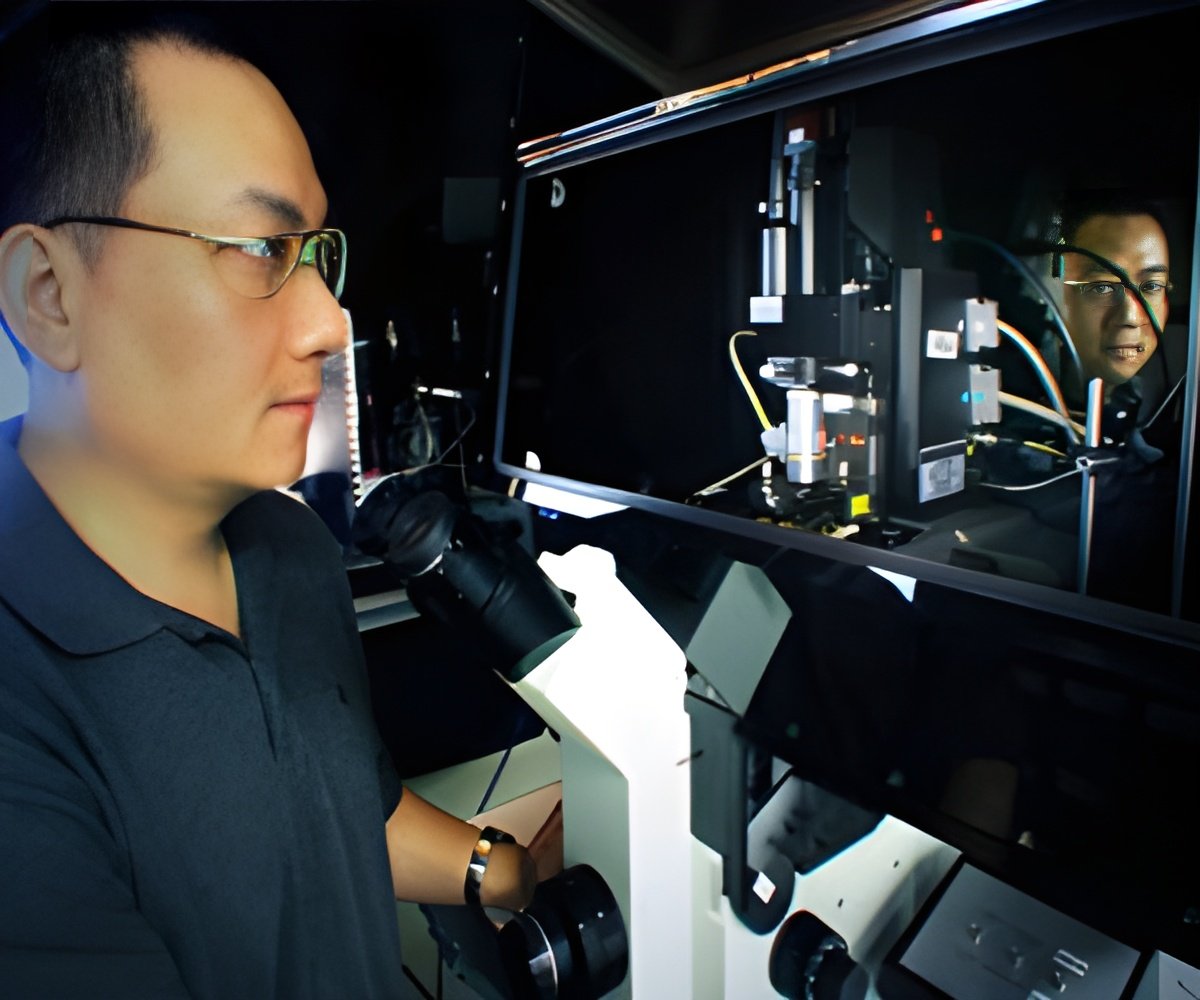Collagen makes up the cartilage in our knee joints, the vessels that transport our blood, and is a crucial component in our bones.

‘Collagen is an important biomaterial in modern medicine, used in wound healing, tissue repair, drug delivery and more. Much of the clinical supply comes from animals like pigs and cows.’





"These are massive protein chains and it's difficult to make them," says study lead author I. Caglar Tanrikulu, an assistant scientist in the laboratory of Ronald Raines, professor of chemistry and Henry Lardy Professor of Biochemistry. "You can't synthesize them chemically because they're really long. You can't make them biologically because of post-translational modifications," the cellular-level touches that render collagen functional.In the body, collagen is built by a process involving the interaction of three separate strands of collagen protein that intertwine to create a long, rope-like fiber, known as a triple helix.For years, scientists have tried to get short pieces of collagen arranged into a triple helix to grow into these long fibers, but the process relies on chemistry and physical principles that are more complex than the relatively simpler rules of other molecules like DNA, which forms a double helix. So far, they have not succeeded in creating fibers that are either long enough or thick enough to mimic what is found in the body. However, the work of these scientists has helped to establish some ground rules that govern the basic principles of collagen building.
For example, they have found that making collagen requires having just the right amount of chemical and physical contact between individual strands to encourage them to fit together and grow. Using the knowledge from new studies as a basic scaffold, Tanrikulu got to work "designing" collagen based on the rules he knew to be true. Those rules include a particular arrangement of amino acids -- which create the collagen protein -- and specific interactions between charged molecules on the individual collagen strands, called salt bridges, that help link them together.
A relative outsider to the field, Tanrikulu "naively" began to assemble a collection of possible designs, ignoring some of the dogma his more experienced colleagues had adopted in their work. "My naiveté ended up being my biggest strength," says Tanrikulu. "I looked at it in a way other people hadn't." He realized that each individual strand in the three-member collagen fiber had to "see" the exact same environment while leaving enough overlap between them that they could join up with other short pieces of collagen.
"All parts of the collagen fiber have to be experiencing the same thing," Tanrikulu says. "Like floor tiles, if you know the shape of a tile and what symmetry to use, you can cover the whole surface; either every tile is arranged the same as the others or the edges won't fit. Similarly, if the ends of the growing collagen fiber are not regularly-spaced, the chemical environment won't be the same.
Advertisement
Now, he is exploring ways to bring the findings to the world of biomaterials and nanotechnology, and is looking to collaborate with other scientists with expertise in these fields. The lessons he has learned about the importance of symmetry in building collagen, he believes, could have implications for other types of molecules, which could be particularly informative for nanotechnology.
Advertisement
Source-Eurekalert












